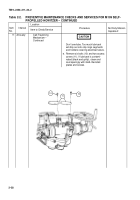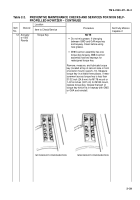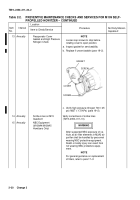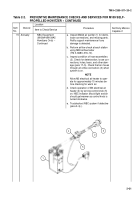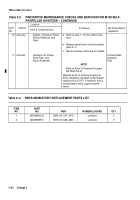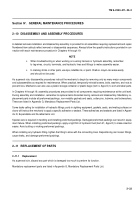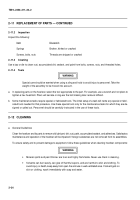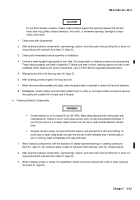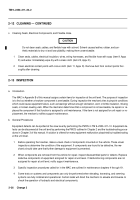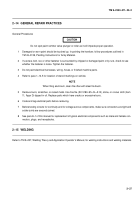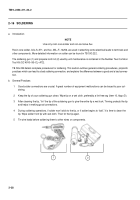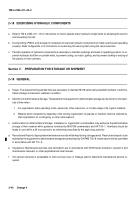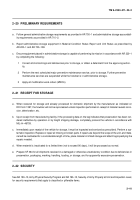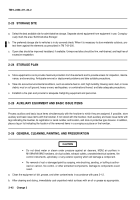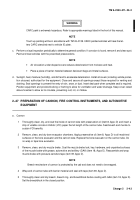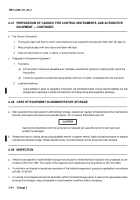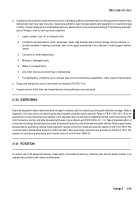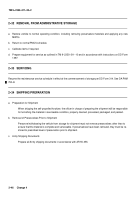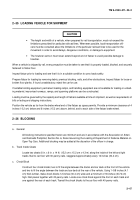TM-9-2350-311-20-2 - Page 99 of 828
TM 9–2350–311–20–2
2–38
2–16 SOLDERING
a.
Introduction
NOTE
Use only rosin core solder and non-corrosive flux.
Rosin core solder, QQ–S–571, and flux, MIL–F–14256, are used in attaching some electrical leads to terminals and
other components. More detailed information on solder can be found in TB SIG 222.
The soldering gun (1) and propane torch kit (2) used by unit maintenance is contained in the Number Two Common
Tool Kit (SC 4910–95–CL–A72).
TB SIG 222 details complete procedures for soldering. This section outlines general soldering procedures, pinpoints
practices which can lead to a bad soldering connection, and explains the difference between a good and a bad connec-
tion.
b.
General Practices
1
Good solder connections are crucial. A great number of equipment malfunctions can be traced to poor sol-
dering.
2
Keep the tip of your soldering gun clean. Wipe tip on a wet cloth, preferably a lint free rag (item 10, Appx
D).
3
After cleaning the tip, “tin” the tip of the soldering gun to give the entire tip a wet look. Tinning protects the tip
and helps in making good connections.
4
During soldering operations, if solder won’t stick to the tip, or if solder begins to “ball,” it is time to clean the
tip. Wipe solder from tip with wet cloth. Then tin the tip again.
5
Tin wire leads before soldering them to other wires or components.
1
2
Back to Top

